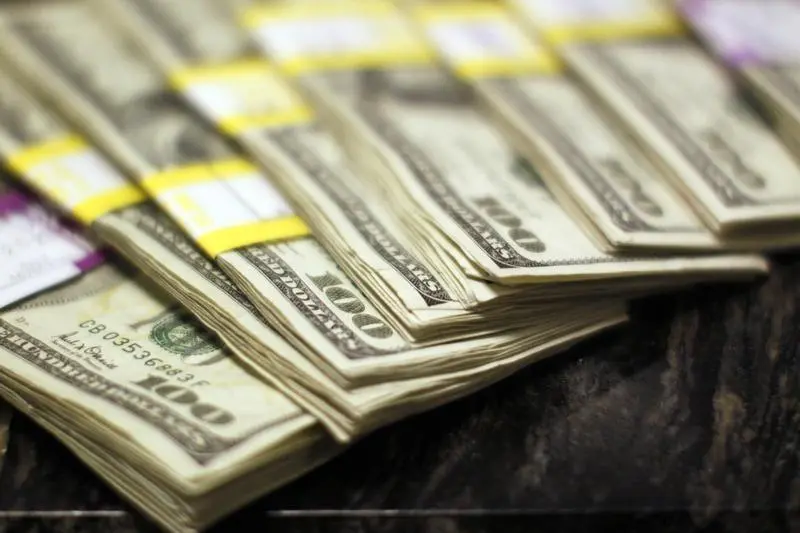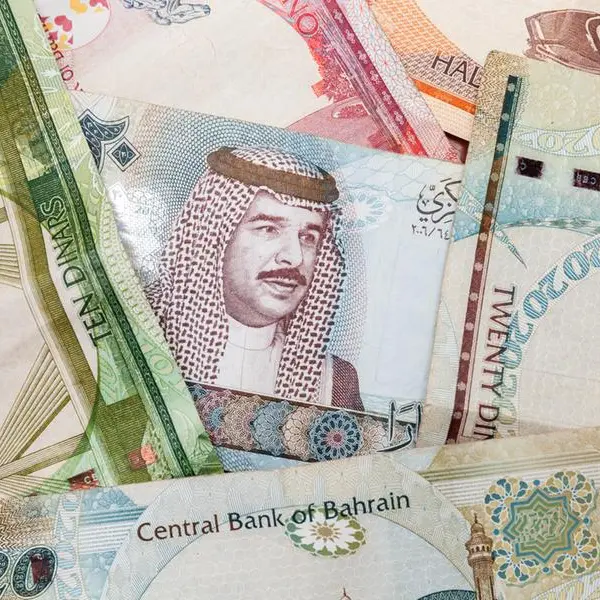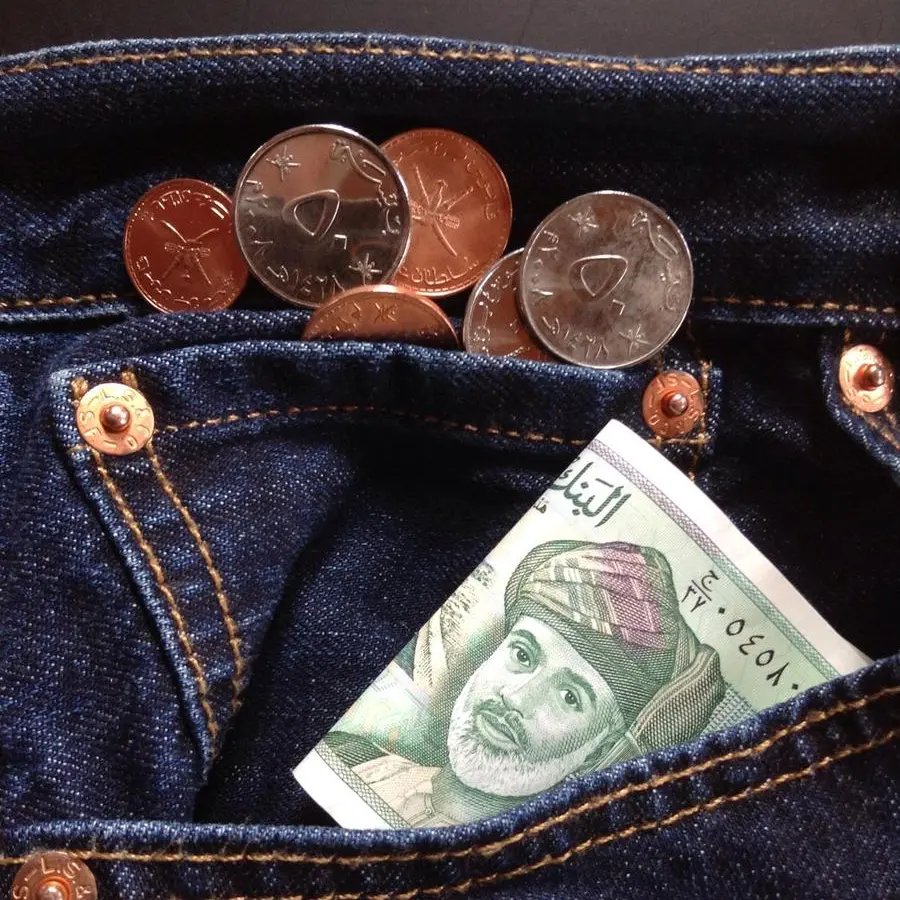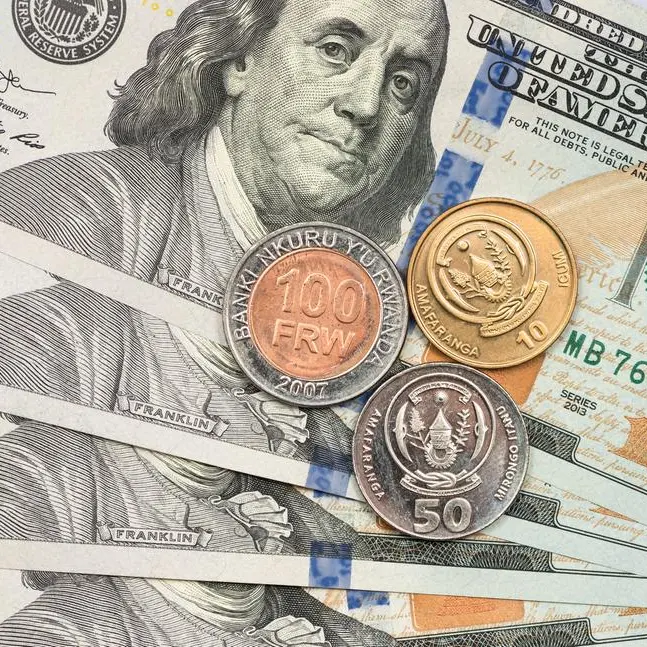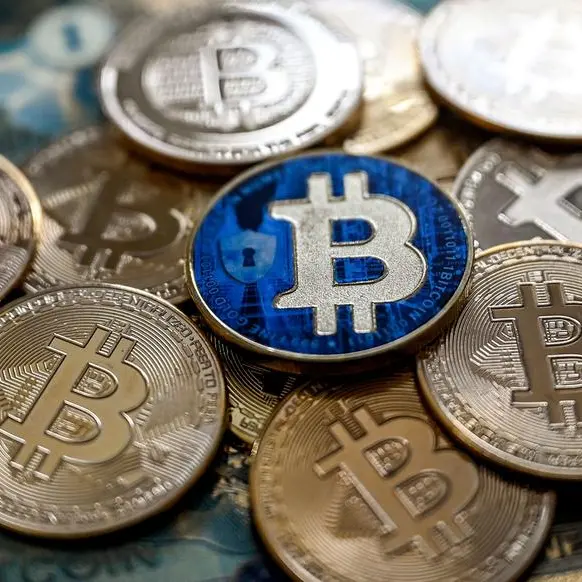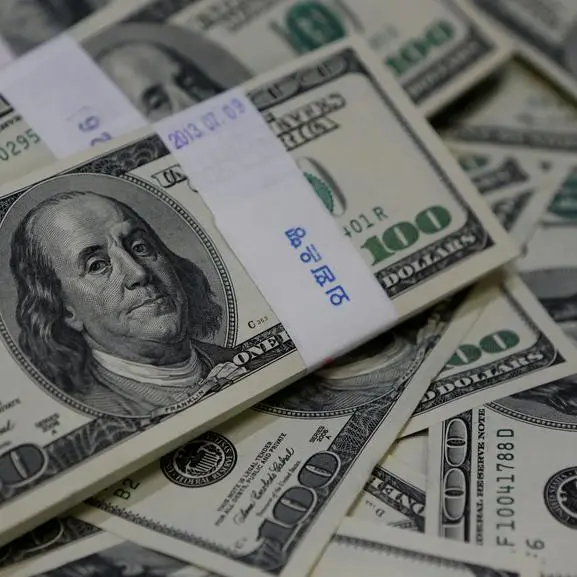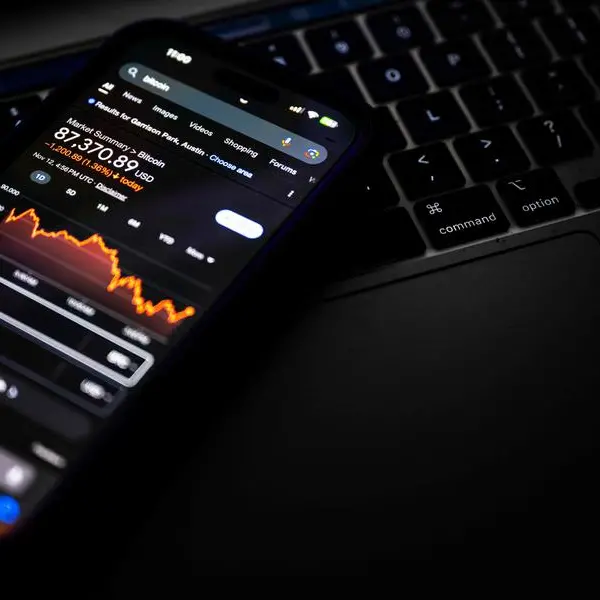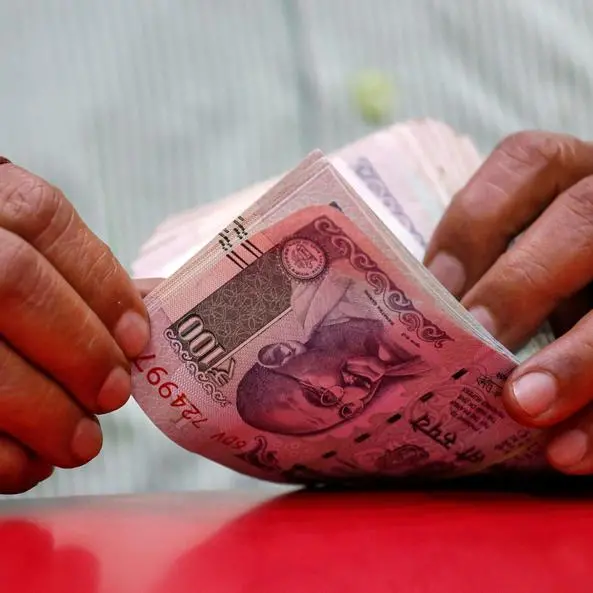PHOTO
Image used for illustrative purpose. Packs of U.S. one hundred dollar bills are counted at a bank in Westminster, Colorado November 3, 2009. Rick Wilking, Reuters
The dollar firmed up on Wednesday as markets awaited a raft of global inflation data for clues on when central banks may start easing policy, while the New Zealand dollar tumbled after its central bank trimmed its forecast for a peak in rates.
The Aussie was also hanging at its lowest in over a week after inflation data came in softer than expected, reinforcing expectations that domestic interest rates are unlikely to increase further.
The data calendar looks light on Wednesday so analysts said markets were likely to focus on consumer inflation data from the U.S., Germany, France and Spain on Thursday ahead of euro area figures due on Friday.
"There's more chance of disinflation ongoing in the euro area, which perhaps could open the door for an earlier cut from the European Central Bank," said Danske Bank FX and rates strategist Mohamad Al-Saraf.
"We think if inflation is stickier in the U.S. than it is in the euro area then the dollar has to be strong."
Higher-than-forecast inflation in the U.S. has prompted markets to trim bets on the number of rate cuts expected from the Federal Reserve this year, while the chance of a cut in June now stands at around 60%. At the start of the year, markets were almost fully pricing a rate cut in March.
That repricing has pushed the U.S. currency higher in 2024, including against the euro. The single currency was last down 0.3% against the dollar at $1.0815.
The dollar index, which measures the currency against six others including the euro, was last up 0.2% at 104.07, having risen 2.7% year-to-date.
With market expectations more closely aligned with the Fed's latest projections and comments, traders would only respond if they see a trend break in tier one data, especially anything "hinting at growth weakness," said Charu Chanana, head of currency strategy at Saxo.
New Zealand's central bank held the cash rate steady at 5.5%, catching markets by surprise as policymakers said the risks to the inflation outlook have become more balanced.
The RBNZ also trimmed its forecast cash rate peak to 5.6% from a previous projection of 5.7%.
"With a cash rate at 5.5%, the 10 basis points of wriggle room is simply there to remind us that they'll hike if they need to but the bias is that they probably won't," said Matt Simpson, senior market analyst at City Index.
The kiwi slid over 1% to its lowest since Feb. 16 at $0.6093 in response.
The Australian dollar also fell after data showed inflation at an annual pace of 3.4% in January, unchanged from December and under market forecasts of 3.6%.
Although inflation remains above the Reserve Bank of Australia's (RBA) 2-3% target, "it is close enough to expect the RBA to hold rates steady," said Simpson.
The Aussie was last down 0.6% at $0.6502.
Elsewhere, sterling weakened to $1.2657, down 0.2%, while the yen slipped 0.1% versus the greenback to 150.595.
"We've seen in the past when dollar-yen trades above 150 that authorities start to give increased attention to the currency," Danske Bank's Al-Saraf said.
"But I would say right now there's probably not intervention risk unless we see a sharp move in the yen again."
In cryptocurrencies, bitcoin was last up over 4% at $59,200, extending to its highest level since November 2021.
Ether rose 2% to $3,320.
(Reporting by Samuel Indyk and Brigid Riley; Editing by Richard Chang, Sam Holmes, Toby Chopra and Angus MacSwan)
